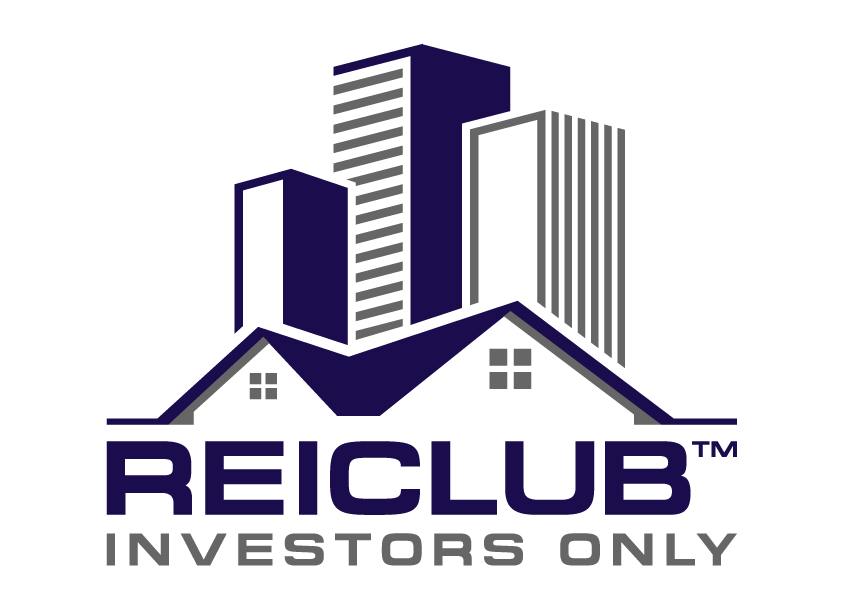With real estate prices falling as much as 50% in the last two years, many real estate investors, as well as many trust deed investors lost a significant part of their principal. The real estate investors that used leverage ended up in an even worse position, sometimes losing their entire investment.
Many trust deed investors ended up foreclosing on property and having to take large losses in order to sell in the current market environment. But it did not have to be this way. If these trust deed investors had followed simple common sense rules their principal would be intact today.
With property values skyrocketing in the first decade of the 21st century many trust deed investors were willing to lend high loan to value ratios on all types of properties. Sometimes income producing property carried loans as high as 80 to 90%. Even a small decline at these ratios resulted in a large loss for lenders. When one factors in the cost of foreclosing, back taxes, and real estate brokerage fees upon resale a small loss can turn into a large loss. These lenders got caught up in the euphoria of the moment and lent at unsafe ratios. This brings us to rule number 1:
Never lend more than 60% of property value on income producing property
The situation with non-income producing property is even more severe. Non-income producing property is more difficult to sell than income producing property. Further, non-income producing property is a total drain on a trust deed investor’s resources, should that trust deed investor needs to foreclose. While taxes, insurance, and legal fees are accumulating there is no income to offset these costs. This brings us to rule number 2
Never lend more than 50% of property value on non-income producing property.
Perhaps the most devastating situation to private, as well as institutional lenders in the commercial sector during the real estate meltdown occurred in land loans. Land is difficult to appraise in the base case. Even appraisers with years of experience have problems reaching an accurate valuation. The reason for this is that no two parcels of land are exactly alike. And so the appraisal of land is a best guess. Add to this the complexity of the situation when land is at some stage of development. Often times an appraiser will add the value of putting in utilities, roads and other improvements to the land. Even more dangerous is when an appraisal is based on the price that can be obtained by subdividing the land into smaller sections or lots. The appraiser will then add up the total value of all these proposed lots and work backwards using a time value of money constant in order to come up with a valuation. The problem with this from the lenders viewpoint is that if market activity comes to a standstill, as happened in 2008 — 2009 then the value of all these improvements may be zero. This brings us to rule number 3
Never land more than 35% of property value on land.
Most experts on trust deed investing are only knowledgeable about lending on single-family homes, so naturally this is what they recommend. However, lending on single-family homes is much riskier than lending on commercial property. In many parts of the country the prices of single-family homes have fallen 50% or more in the last two years. Trust deed investor’s, who lent on single-family homes incurred large losses when they were forced to foreclose on these homes. Further, our court system is much more favorable to homeowners then it is to people who own commercial property. Bankruptcy judges will often times bend over backwards to help a homeowner in trouble. This means that a trust deed investor owning a trust deed secured by a single-family home may collect no payments for a long time while the property declines in value, and while the homeowner remains in the property doing no repairs and upkeep. As of this writing it was unclear what legislative moves the current administration would make in regards to foreclosing on home loans. However, it can be assumed that any new laws will be favorable to the homeowner and not the lender. And so rule number 4
Lend only on commercial property, never on single-family homes.
As a side note to rule number four. It has been our experience in the eight years of the Managed Mortgage Investment Fund that although only 20% of our loans were made on single-family homes these accounted for 85% of our problems.
We've all heard stories of the problems with bogus appraisals. Whether the appraiser was unqualified or corrupt, many properties were appraised for many times their real value. As a result, lenders lost billions of dollars across the board. These problems have only partially been corrected by laws concerning the state certification of appraisers. The truth of the matter is that to become a state certified appraiser one needs a minimum of education and experience. And even if this education and experience qualifies the appraiser to appraise residential property it most assuredly does not qualify the appraiser to appraise commercial property. Fortunately, there are appraisal organizations that do certify appraisers in various areas. The best of these is the Appraisal Institute. The Appraisal Institute offers the designation Member Appraisal Institute to appraisers who have vast experience with many types of commercial properties, who pass written exams and who continually update their education. Rule number 5
Make sure the appraisal is performed by an MAI certified appraiser. A state certified appraiser is not adequate to determine property valuation of commercial property.




We love your feedback and welcome your comments.
Please post below: